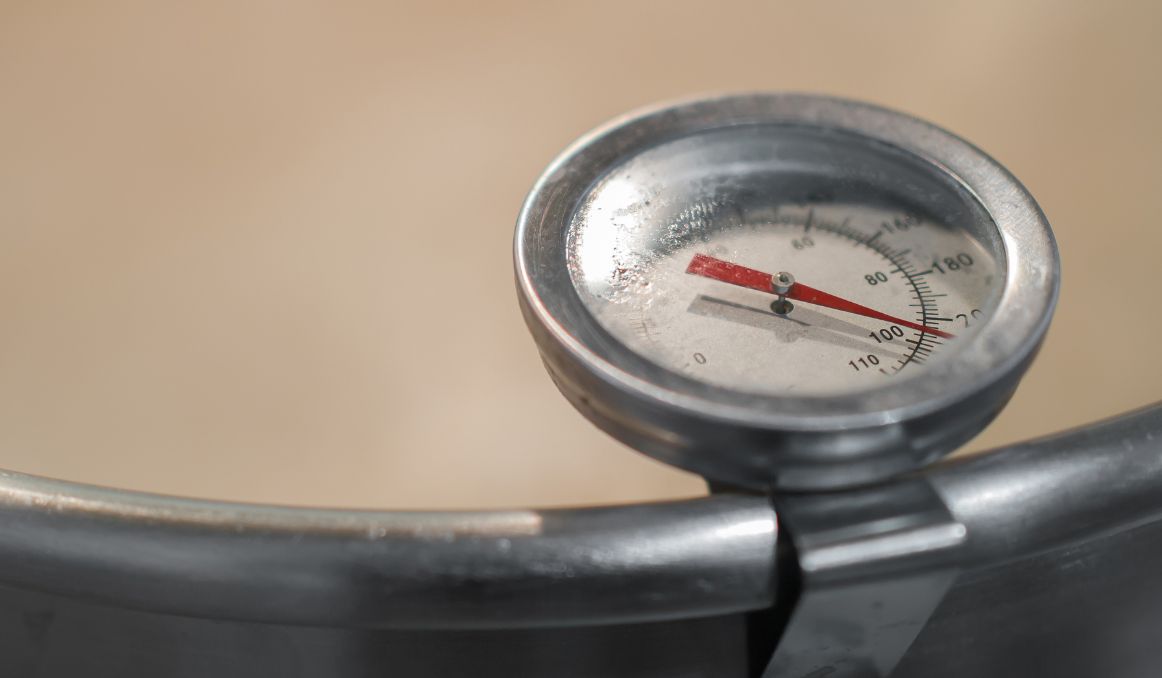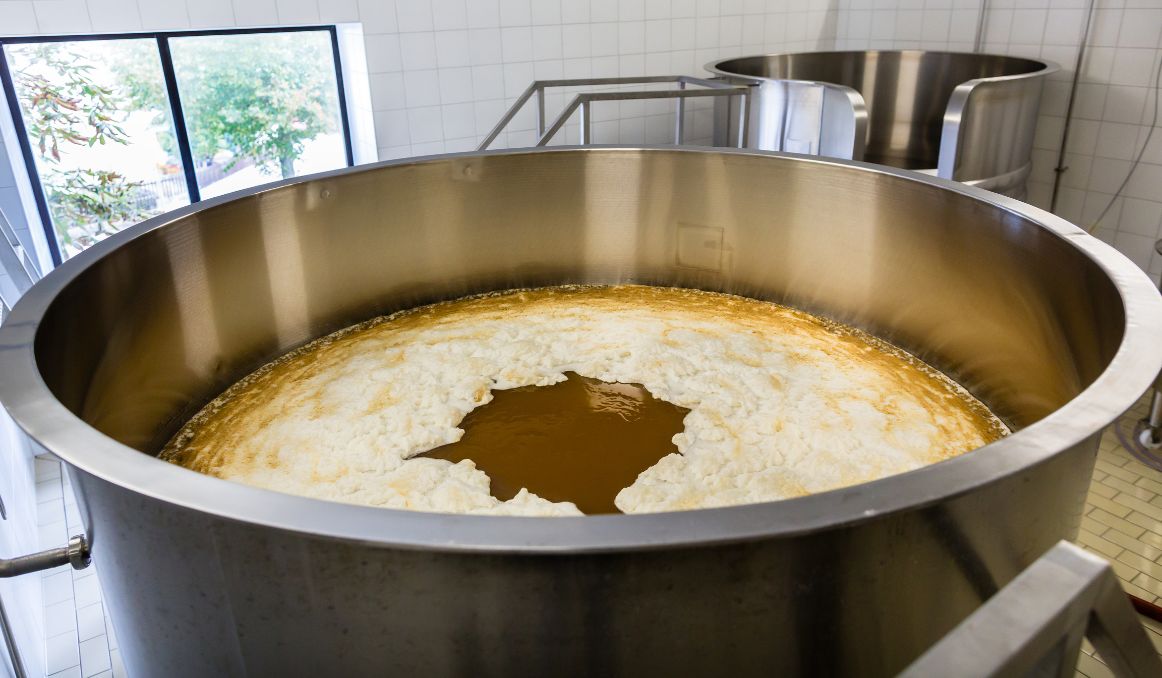How to Cool Wort Quickly
Concerns over how to cool wort quickly abound in the brewing community. We need to know why it is necessary, how to do it, how not to do it, and if there is a best, and of course most affordable, practice.
The end goal for all of us in brewing, on any level, is the satisfied customer, which ensures we can all stay in business, doing what we love.
And to ensure customer satisfaction, we need to be able to create a top-quality, consistent product our customers can rely on, and rave about.
Much of that process lies in the power of wort.

The Power of Wort
Yes, yeast is the most important ingredient in beer. Why? Without yeast, we would have no beer. Period.
But, without a great wort, we would have bad beer. And that might be worse than no beer at all.
The most dedicated brewers, from homebrewers to large scale craft brewers, seek top quality ingredients for their wort, they are meticulous in their experimentation and exploration of what works in wort and beer, they learn from their mistakes, and take each step very seriously.
Whether it is oats, wheat, barley, corn, or another grain, or even a combination of two or more grains, those grains are carefully curated, a perfect malt is created, the consistency of the grind is met, and the mash in is perfected.
The decision to add hops now, before the boil, or after the cooling down, is given careful thought, and the boil is achieved with close attention.
Now, to cool it down.
Why to Cool Wort
It is worth thinking about why it is so important to cool down wort.
After all, brewers have been making beer for millennia, and they certainly did not have handy devices to cool wort quickly. They simply waited until their wort turned to beer by the grace of wild yeast and bacteria.
However, the advent of science and all the technology that comes with it has allowed us to understand more about the process of brewing, and one of our discoveries has been the importance of cooling wort quickly.
You see, at temperatures between boiling and fermenting, 160 degrees Fahrenheit and 80 degrees Fahrenheit, wort is more prone to attract wild yeast and bacteria. It is also more apt to develop off flavors from the proteins and enzymes within the wort at those temperatures.
When you cool your wort quickly, you can help the protein in the wort clump together and settle out, with the added benefit of a lower protein count in your end result, which will prevent excessive haze and cloudiness.
The ideal situation will take the wort from boiling down to fermentation temps as quickly as possible without shocking the wort or shocking any equipment you may use.
While brewers in the old days simply had to put up with potential off flavors or unintended flavors from wild bacteria, today’s brewers, fortunately, do not.
So, to invoke ultimate control over your wort and its end result, a great brew, it is in your best interest as a brewer to cool your wort quickly.
How Not to Cool Wort
Now, there are few ways not to cool wort, so we will start there. We have already mentioned the shock issue.
Cooling wort down too quickly with a freezer could result in dropping your temperature too low, which then will inhibit the fermentation process for your yeast.
Further, taking boiling wort in a super-hot vessel and placing it into an ice bath made of glass can have the reverse effect, heating glass up so quickly that it breaks. So be mindful that you cool gradually enough that you don’t have a shock.
Finally, be sure not to place ice directly into your wort as you cool it down as this will water down your wort, which can potentially have a huge impact on your flavor and aroma profile.
How to Cool Wort Quickly

To cool wort down quickly, you have a few options, and which you choose will depend largely on your budget and the size of your vessel.
Ice Bath
If you have a smaller batch, say 1 to 5 gallons, and you can transfer your cooling vessel easily, you can place the wort in its vessel in a sink or larger bucket filled with ice. It helps to run cool water using a hose on the outside of the vessel to aid in cooling.
Be sure to have a lid on your container to avoid contamination from outside debris and remove the lid to stir the wort slowly around the vessel frequently to ensure all the liquid touches the vessel itself for maximum cooling.
Wort Chillers
For larger vessels, or for those willing and able to spend a bit more on cooling wort, you can invest in a wort chiller, which is a copper coil with tubing on both ends. You immerse the coil into the wort and hook your tubing up to a water source, running the water through the coil and back out again, so the cooler water locked inside the coil will cool the liquid within the vessel.
Counterflow Plate Chillers
For those with a much larger budget, you can invest in a counterflow plate chiller, which consists of metal plating with hookups for tubes as well.
In this case, cold water will run through one end of the plate via a tube, and the boiling wort will run through the other end of the plate via a separate tube that has contact with the water tube.
As the tubes make contact, the water will help bring the temp of the wort down.
To increase the efficiency of either the chiller or the plate, you can run ice water through the tube.
Cheers!
Passionate about the beer and/or wine making process? So are we! If you’re interested in finding out how you can use our technology to control fermentation and monitor your yeast, save work hours and improve the cost-efficiency of your business, drop us a line at [email protected] or check out our product pages:
- Oculyze BB 2.0 (Better Brewing) Yeast Cell Counter App + Hardware
- Oculyze FW (Fermentation Wine) Yeast Cell Counter App + Hardware
Also, you can now get access to a fully functional demo account to test our Web App. Completely free of charge and with no commitment to purchase.
Sources:


